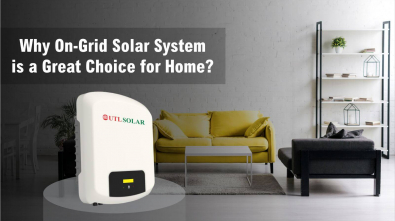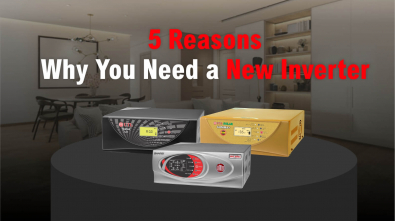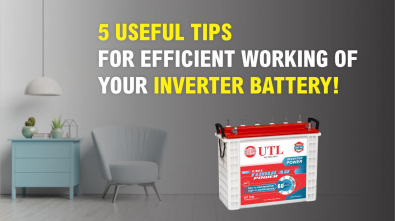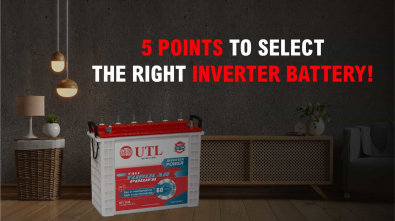For some time, solar energy has become one of the most affordable, dependable, and financially viable sources of energy. Most people are aware of the ‘Eco-friendly’ benefits of solar energy. However, there are other interesting financial rewards associat ...
5 Reasons, Why You Need a New Inverter
In today’s world inverters have become more of a necessity than a luxury. Almost every household work requires an electrical appliance and the usage of electricity. Therefore, inverter are a must-have commodity in every household. There are more factors ...
5 Useful Tips for Efficient Working of Your Inverter Battery
We all know a battery is the power house and backbone of an inverter. The battery is responsible for the efficiency and extended life of your inverter system. Routine maintenance and servicing of the battery not only fosters optimal performance of your p ...
5 Points to Select The Right Inverter Battery
We all know that choosing an inverter is relatively easy as compared to the battery. Since inverters are advertised sufficiently, the buyer gets a rough idea about their working performance in various workloads and environments. However, selecting the ri ...

 Cart is empty
Cart is empty 



